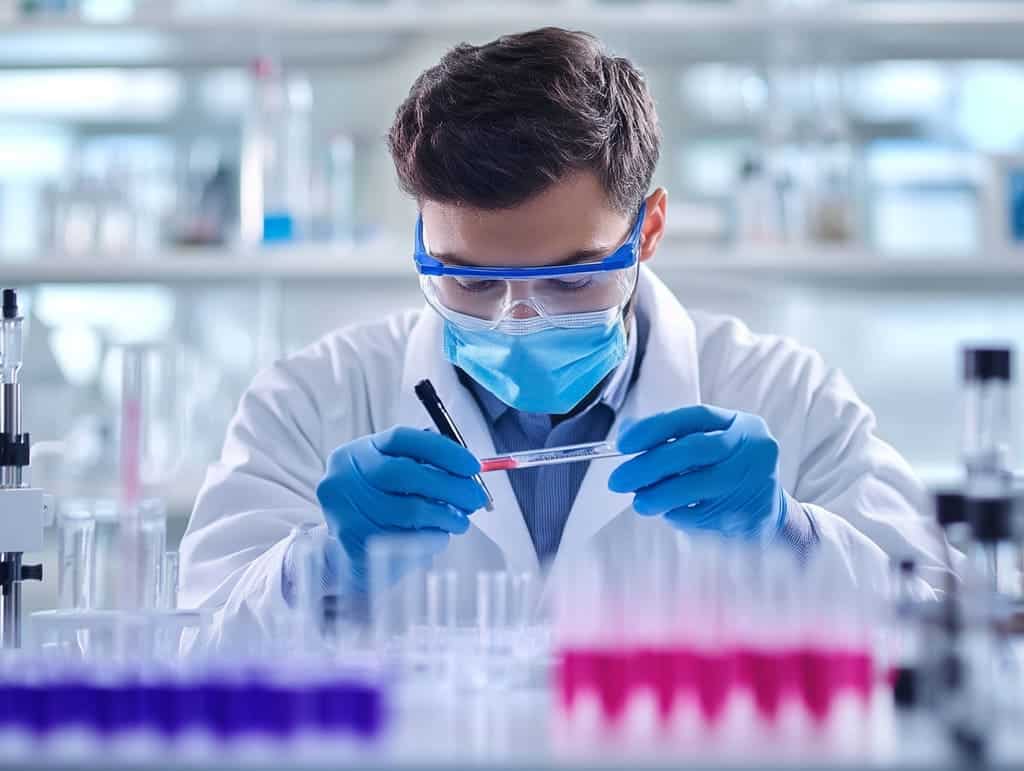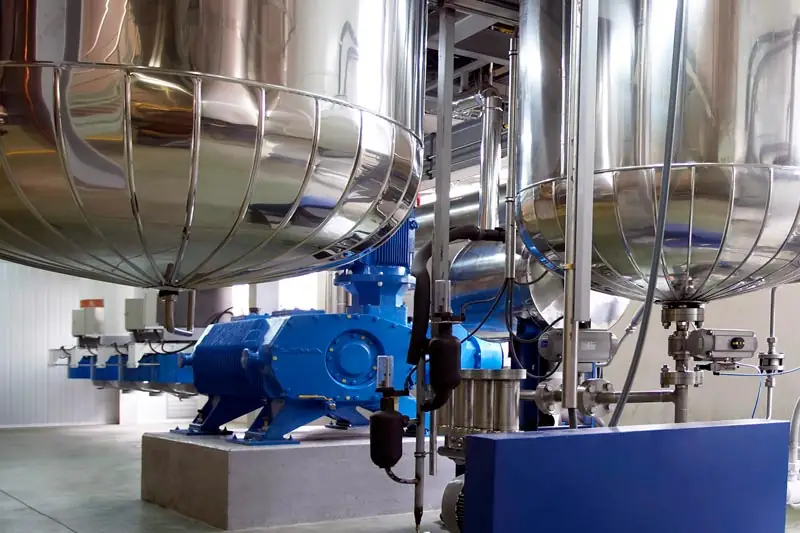The European pharmaceutical sector is undergoing a profound transformation. Alongside traditional challenges—such as strict regulation or equitable access to treatments—new demands are emerging, driven by sustainability, digitalisation and personalisation. Within this context, the formulation of API pharmaceutical ingredients has become a strategic priority: it must not only ensure safety and efficacy but also align with the environmental, regulatory and technological expectations of the market.
This shift is reshaping how api pharmaceutical development and manufacturing are approached across Europe.
Emerging Needs in Pharmaceutical Ingredient Formulation
Today, pharmaceutical formulation cannot be understood without recognising the role of microorganisms as natural biofactories capable of producing active ingredients, excipients and other therapeutically relevant molecules. This trend is closely linked to the evolution of biotechnologies applied to the pharmaceutical industry.
To guarantee the highest levels of safety and quality throughout the process, these innovative techniques must be adapted to Good Manufacturing Practices (GMP), ensuring full control of process design, robustness and safety
3D Printing of Medicines
3D printing applied to pharmaceutical manufacturing enables far more individualised therapeutic solutions:
- Full Personalisation: Technologies such as semi-solid extrusion (SSE) or volumetric printing allow dose, shape, flavour and release profiles to be tailored to patient-specific parameters such as age, weight or individual preferences.
- Controlled and Combined Release: 3D-printed tablets can be engineered to release the active ingredient at specific time points or combine multiple drugs into a single pill—reducing polypharmacy and improving therapeutic adherence.
- Improved Administration Experience: 3D printing allows modulation of colour, texture and flavour (including confectionery-like formats), making administration easier and reducing the negative perception of medication intake, especially in children or patients with dysphagia.
- Dosing Precision: 3D pharmaceutical printers achieve exact dosing, eliminating variability found in manual or liquid-based methods, which can introduce errors of up to 30%.
Sustainable Active Ingredients: Biologically Derived Raw Materials
The search for renewable, eco-efficient and economically viable solutions is accelerating the use of microorganisms as biofactories capable of producing sustainable api pharmaceutical compounds from biological sources.
Biofactories—microorganisms or engineered plant/animal cells—are used to generate high-yield active ingredients. They can produce entirely new molecules or replicate compounds previously obtained from non-sustainable sources, such as petrochemicals or endangered species.
To enable industrial-scale molecule production, advanced tools from genetic engineering and synthetic biology are applied. Using expression vectors, standard genetic parts and gene-editing tools (including CRISPR-Cas9), cells are modified to:
- Introduce complete biosynthetic pathways
- Optimise gene expression and metabolic productivity
- Reduce by-products or toxins, increasing final API purity
This enables sustainable production aligned with GMP standards, while reducing resource consumption and energy demand.
Sustainable Production of Active Ingredients
One of the most powerful and cleanest technologies for sustainable API production is extraction with supercritical carbon dioxide (scCO₂).
Key advantages of supercritical CO₂:
- Functions as a non-toxic, fully recyclable solvent
- Operates at low temperatures, protecting sensitive molecules
- Leaves no chemical residues; CO₂ is removed simply by reducing pressure or temperature
This positions CO₂ extraction as a strategic ally for companies developing next-generation api pharmaceutical ingredients.
Integration of Digital Technologies
Digital transformation is no longer optional—it is a strategic requirement for pharmaceutical formulation in Europe. Digital tools are optimising processes from design and development to manufacturing and distribution.
- AI for Molecular Design: Machine learning algorithms can analyse large datasets to discover new molecules, predict interactions and optimise dosages or formulations, reducing development time and cost.
- Digital Twins and Unified Data Platforms: These tools simulate manufacturing processes in real time, optimise production parameters and ensure end-to-end traceability.
- Blockchain for Traceability: Blockchain ensures the authenticity and safety of ingredients and medicines, generating immutable records throughout the supply chain—from the API to the patient.
- Robotic Automation and IoT: Integrated robots reduce human error and improve operational efficiency, while IoT sensors monitor critical parameters such as temperature and humidity during storage and transport.
- Virtual and Augmented Reality (VR/AR): Used to train personnel through interactive simulations of pharmaceutical formulation and processing, improving learning and reducing operational risks.
- Telepharmacy and AI-Enabled Dispensing: Digital platforms and intelligent assistants support access to medicines and patient adherence—even in remote areas.
The formulation of pharmaceutical ingredients is evolving rapidly as sustainability, advanced biotechnology and digitalisation redefine industrial priorities. From the use of microbial biofactories to produce more sustainable api pharmaceutical ingredients, to personalised 3D printing and the integration of digital tools that optimise development and traceability, the sector is adapting to a new paradigm.
In this transition, technological innovation and a strong commitment to both health and environmental responsibility are essential to meeting the expectations of today’s—and tomorrow’s—European market.






